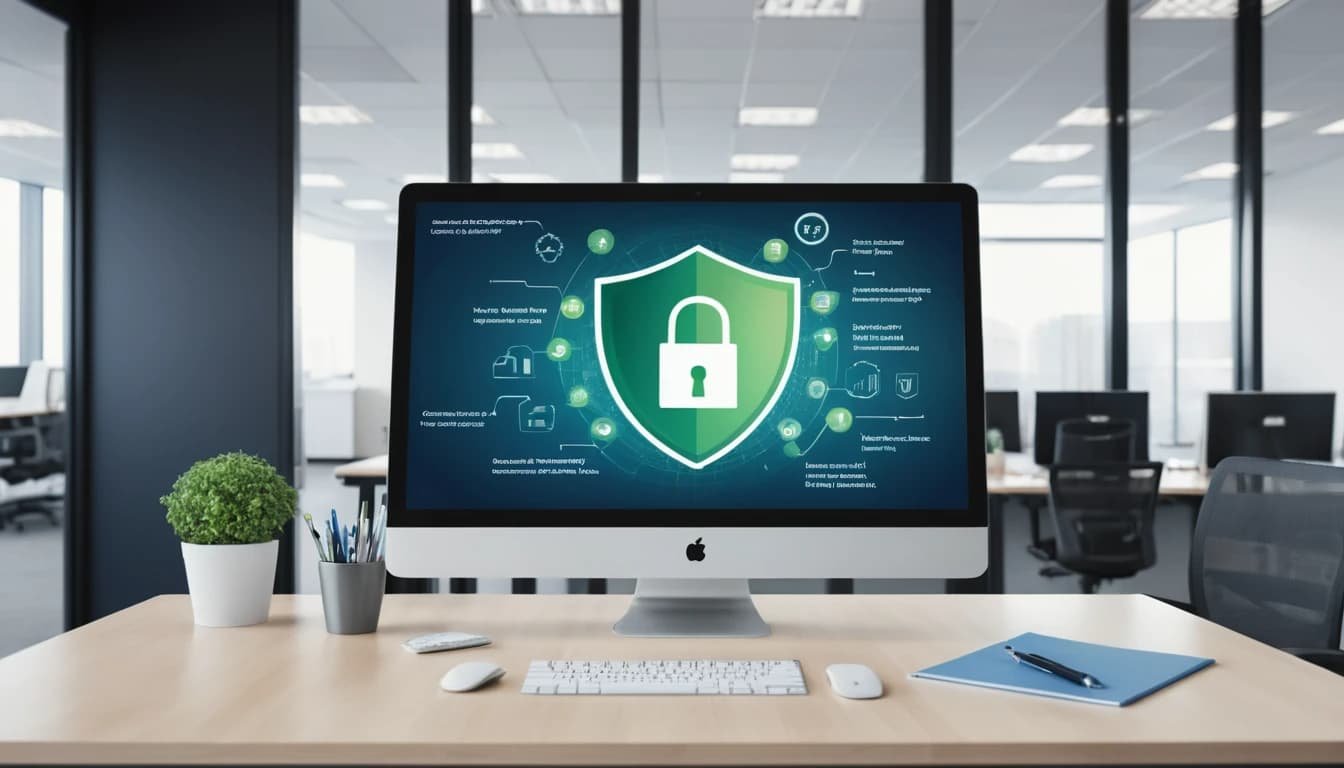Smart Strategies to Keep Your Business Safe and Clean
Running a business is about more than just providing a great product or service—it’s also about creating a space that’s safe, clean, and welcoming for everyone who walks through the door. Whether you operate a café, a retail store, a warehouse, or an office, the cleanliness of your environment speaks volumes about your brand. Customers, employees, and even potential partners will notice how well you maintain your space, and that impression can either boost trust or raise red flags.
The good news is, keeping your business environment safe and clean doesn’t need to feel overwhelming. With a few smart strategies, you can safeguard your workplace from unnecessary risks and foster a healthier environment for everyone.
Why Cleanliness Matters Beyond First Impressions
Think about the last time you walked into a store or restaurant and noticed sticky floors, dusty shelves, or overflowing trash bins. Chances are, it didn’t make you feel too confident about the products or food being offered. Cleanliness isn’t just about appearances—it’s about health, safety, and even productivity.
For instance, employees who work in well-maintained spaces tend to feel more valued and motivated. On the other hand, clutter and dirt can contribute to stress and even increase the chances of accidents. In industries such as healthcare, hospitality, and food service, cleanliness isn’t just a nice-to-have—it’s a strict requirement for compliance and customer safety.
Daily Habits That Build a Safer Environment
One of the best ways to maintain control is to focus on daily habits rather than occasional “deep cleans.” Here are a few simple but effective practices:
- Encourage personal responsibility. Provide easy access to disinfectant wipes, hand sanitizer, and cleaning supplies so employees can maintain their own work areas. When everyone pitches in, no single person is burdened with the task.
- Set routines. Assign daily or weekly cleaning schedules for shared spaces, such as kitchens, meeting rooms, or break areas. Something as simple as wiping down tables and sanitizing doorknobs at the end of each day makes a big difference.
- Take care of floors. High-traffic areas can quickly become dirty and slippery. Regular sweeping, vacuuming, and mopping not only improve appearance but also reduce the risk of slips and falls.
- Mind your waste. Overflowing trash bins can attract pests and spread odors. Empty them regularly and use sealed bins where possible, especially in food-related businesses.
By incorporating these habits into your daily routines, you cultivate a culture of cleanliness that becomes second nature.
Thinking Bigger: Preventing Risks Before They Start
While daily habits are essential, bigger-picture strategies can save you time, money, and headaches in the long run. Prevention is always more cost-effective than damage control.
- Regular inspections. Just as you’d schedule maintenance for machinery or IT systems, schedule inspections for your building itself. Check for leaks, broken tiles, or ventilation issues that could lead to bigger problems later.
- Clear policies. Establish clear cleaning and safety policies so that all employees are aware of what’s expected. Post reminders in key areas, such as kitchens or restrooms, to reinforce the importance of hygiene.
- Training sessions. Take the time to train employees on proper cleaning methods, waste disposal, and recognizing the early signs of hazards. This small investment pays off by preventing accidents or compliance issues.
- Partner with professionals. Sometimes, you need expert help. For example, HVAC cleaning services ensure that your air systems stay efficient and dust-free, while sanitation companies provide deep cleaning that goes beyond what employees can manage on a day-to-day basis.
Managing Unseen Threats
A spotless lobby may look great, but what about the unseen risks that threaten your business? Microbes, allergens, and pests can quietly spread damage long before you notice them.
- Air quality. Poor ventilation can circulate allergens and germs, which leads to increased sick days and reduced productivity. Regular filter changes and inspections make a huge difference.
- Moisture control. Leaks or condensation may seem minor, but can quickly turn into mold growth. Mold not only damages property but also creates health risks for employees and customers.
- Pest management. Rodents, cockroaches, and other pests can quickly compromise food safety, inventory, and customer confidence. A proactive plan for monitoring and prevention is essential for any commercial space. This is where solutions like Pest Control for Commercial Spaces come in handy, ensuring your workplace remains protected from infestations before they escalate.
By staying ahead of these unseen threats, you create a safer environment that reduces liability and builds trust with customers.
A Clean Space Is a Productive Space
It’s easy to think of cleaning as just a chore, but in reality, it’s an investment. Studies have shown that employees are more engaged and productive in clean environments. When your team feels comfortable and safe, they can focus more on doing their best work instead of worrying about clutter, odors, or health risks.
There’s also a strong business case: fewer accidents, reduced absenteeism, better customer impressions, and even higher retention rates. In competitive industries, those small advantages add up.
Even large corporations recognize this. Many invest heavily in cleaning systems and protocols because they understand that a safe and clean environment isn’t optional—it’s essential for long-term success. For smaller businesses, adopting the same mindset, even on a smaller scale, can yield big returns.
Final Thoughts
Keeping your business safe and clean is more than just an image—it’s a responsibility to your employees, customers, and community. By focusing on daily habits, proactive measures, and professional partnerships, you can minimize risks and build an environment that feels welcoming and trustworthy.
At the end of the day, your space tells a story about your business. Ensure it’s one that conveys care, professionalism, and attention to detail. After all, a well-kept environment isn’t just good for health and safety—it’s good for business too.
Also Read-

